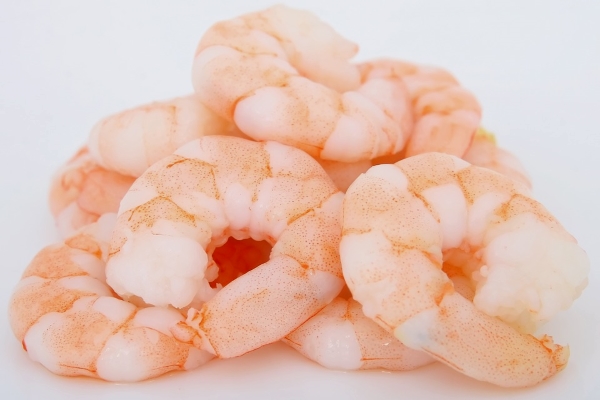
Advocacy group Oceana Canada has lambasted new food regulations in Canada, claiming they “miss the boat on seafood traceability”.
Last week the Canadian Food and Inspection Agency (CFIA) introduced the new Safe Foods for Canadians Regulations, which aims to make the Canadian food system safer by focusing on prevention and allowing for faster removal of unsafe food from the marketplace.
Red tape for businesses is cut by replacing 14 sets of regulations with one.
However, Oceana Canada says the new regulations do not address the need to stop and deter seafood fraud or the means to keep illegally caught seafood out of Canadian supply chains.
The advocacy group’s position comes as University of British Colombia researchers reveal that in the Canadian city of Vancouver alone, a quarter of seafood is mislabelled either accidentally or intentionally.
“CFIA had the opportunity to move in the right direction to ensure all seafood sold in Canada is safe, honestly labelled and legally caught, but they fell short,” said Julia Levin, seafood fraud campaigner at Oceana Canada. “These regulations leave Canada well behind international best practices.”
Under the new regulations, which come into force on 15 January 2019, food businesses that import or prepare food for export or to be sent across provincial or territorial borders will now be required to have licences, as well as preventive controls that outline steps to address potential risks to food safety. Imported food must be prepared with the same level of food safety controls as food prepared in Canada.
New supply chain traceability requirements have also been introduced where most food businesses will now have to prepare and keep records that identify the food product, and trace their food one step back to the supplier and one step forward to whom the product was sold. In some cases, businesses will also have to identify and trace back the ingredients and the derived meat product used to make the food.
“The new [traceability] requirements will significantly reduce the time it takes businesses to remove unsafe food from the market, protecting Canadians,” CFIA said on its website. “Additionally, the new requirements will minimise the scope of recalls, resulting in only the affected food being recalled or disposed of. This will contribute to reducing the cost of recalls for businesses.”
Last year, Oceana Canada submitted recommendations for CFIA to consider in the new regulations, calling for a system to trace all seafood from boat to plate in a more extensive way than the current regulations set out, and require that key information follow all seafood products throughout the supply chain.
Oceana Canada argued that the new regulations were an opportunity for Canada to catch up the US and European Union, “which leads the way with a robust traceability system that requires key information to be passed along the supply chain”.
Levin said the new regulations, however, do not go far enough. “Canada’s new regulations do not put in place a system of documenting and tracing seafood from the boat-to-plate, which is needed to stop seafood fraud and prevent the entry of illegally caught fish into the market,” she said. “Full boat-to-plate traceability, paired with comprehensive labelling, can help our oceans, our wallets and our health.”
Levin noted that Oceana Canada will continue to work with the CFIA and other government agencies to stop seafood fraud in Canada and implement full boat-to-plate traceability.
Seafood fraud – the misrepresentation of seafood products, often involving lower value fish sold as more expensive varieties, as well as mislabelling over how fish were farmed or caught and their true origin – is a widespread issue in Canada.
An investigation by the advocacy group last year found that nearly half of the 98 samples tested in the Canadian capital Ottawa were mislabelled.
Meanwhile, new research from the University of British Colombia revealed that 25 per cent of seafood sold in Vancouver was mislabelled either accidentally or intentionally.
The researchers collected 281 samples of fish and other seafood from restaurants and grocery stores in Vancouver, and DNA tested them to determine the true species. Among the fraud, they found that catfish was labelled as cod, halibut, and sole, while about 90 per cent of snapper was actually tilapia.
Restaurants had the highest mislabelling rates at 29 per cent, followed by grocery stores (24 per cent) and sushi bars (22 per cent).
The researchers recommend harmonising the common names of fish between major trading countries; requiring scientific names on labels; and providing consumers with information about where the fish was caught, processed and methods used.
Oceana Canada plans to release a national seafood fraud report later this year.
©
SecuringIndustry.com
 | back to top
| back to top





